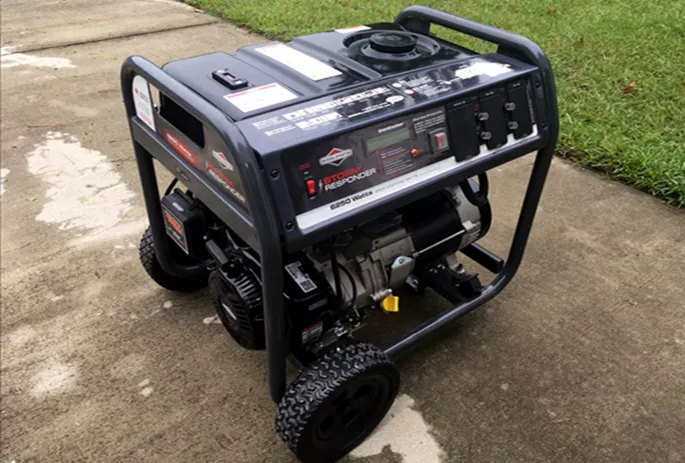A whole-house generator is a significant investment that ensures your home remains powered during outages, providing comfort, safety, and peace of mind. However, choosing the right size generator is crucial to meet your household’s energy needs without overspending on an unnecessarily large unit. This article explores how to determine the appropriate size for a whole-house generator, the factors to consider, and practical steps to ensure your home is adequately powered during emergencies.
Why Generator Size Matters
Generators are rated by their power output, typically measured in kilowatts (kW). The size of the generator you need depends on the total electrical load of your home, which includes all the appliances, systems, and devices you want to power simultaneously. An undersized generator may fail to handle the load, causing it to overload and shut down, while an oversized generator can lead to higher upfront costs, increased fuel consumption, and unnecessary wear and tear.
Steps to Determine the Right Generator Size
Calculate Your Home’s Total Electrical Load
The first step in sizing a whole-house generator is to calculate the total wattage required to power your home. This involves:
Listing Essential Appliances and Systems: Identify the appliances and systems you want to power during an outage, such as lights, refrigerators, HVAC systems, water heaters, and electronics.
Determining Running and Starting Wattage: Each appliance has two power ratings: running watts (the power needed to keep it operating) and starting watts (the extra power required to start it). Starting wattage is typically 2–3 times higher than running wattage.
Adding Up the Wattage: Sum the running wattage of all essential appliances, then add the highest starting wattage to account for surge demands.
Consider Your Home’s Size and Energy Usage
Larger homes with more appliances and systems will require a higher-capacity generator. For example:
A small home with basic appliances may need a 10–15 kW generator.
A medium-sized home with central air conditioning and additional appliances may require a 20–25 kW generator.
A large home with multiple HVAC systems, high-power appliances, and advanced electronics may need a 30–50 kW generator.
Account for Future Needs
If you plan to expand your home or add more appliances in the future, consider choosing a generator with slightly higher capacity to accommodate these changes.
Factors to Consider When Sizing a Whole-House Generator
HVAC Systems: Heating, ventilation, and air conditioning systems are among the largest power consumers in a home. Central air conditioners, in particular, have high starting wattage requirements. Ensure your generator can handle the surge when your HVAC system starts up.
Water Heaters and Pumps: Electric water heaters and well pumps also require significant power. If these are essential during an outage, include their wattage in your calculations.
Lighting and Electronics: While individual lights and electronics consume relatively little power, their combined load can add up. Use energy-efficient LED bulbs to reduce the overall load.
Fuel Type: Whole-house generators can run on natural gas, propane, or diesel. Natural gas generators are popular for their convenience and lower emissions, while propane and diesel generators offer longer runtimes and higher energy density.
Automatic vs. Manual Transfer Switches: An automatic transfer switch (ATS) ensures seamless power transition during an outage but may require a slightly larger generator to handle the instantaneous load. Manual transfer switches are more affordable but require manual intervention to switch power sources.
Example Calculation
Let’s say your home has the following appliances and systems:
Central air conditioner: 3,500 running watts, 7,000 starting watts
Refrigerator: 700 running watts, 2,100 starting watts
Electric water heater: 4,000 running watts
Lights and electronics: 1,500 running watts
The total running wattage is:
Adding the highest starting wattage (7,000W for the air conditioner), the peak load is:
In this case, a 20 kW generator would be a suitable choice, providing enough capacity to handle the peak load with some margin for safety.
Conclusion
Choosing the right size for a whole-house generator requires careful consideration of your home’s electrical load, future needs, and specific requirements for essential appliances and systems. By calculating your total wattage and accounting for starting surges, you can select a generator that provides reliable backup power without unnecessary costs. Whether you live in a small home or a large estate, investing in a properly sized whole-house generator ensures your family’s comfort and safety during power outages, making it a valuable addition to any home.

